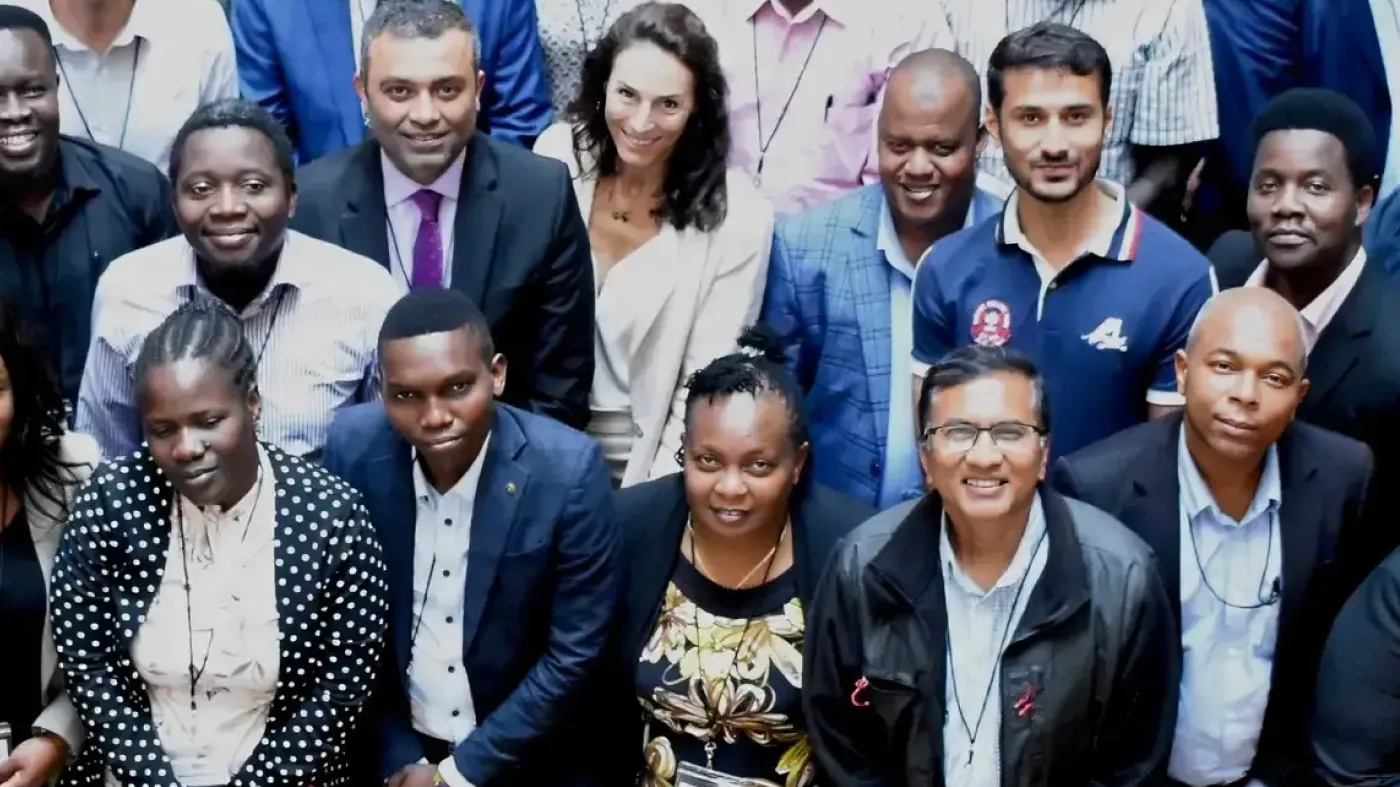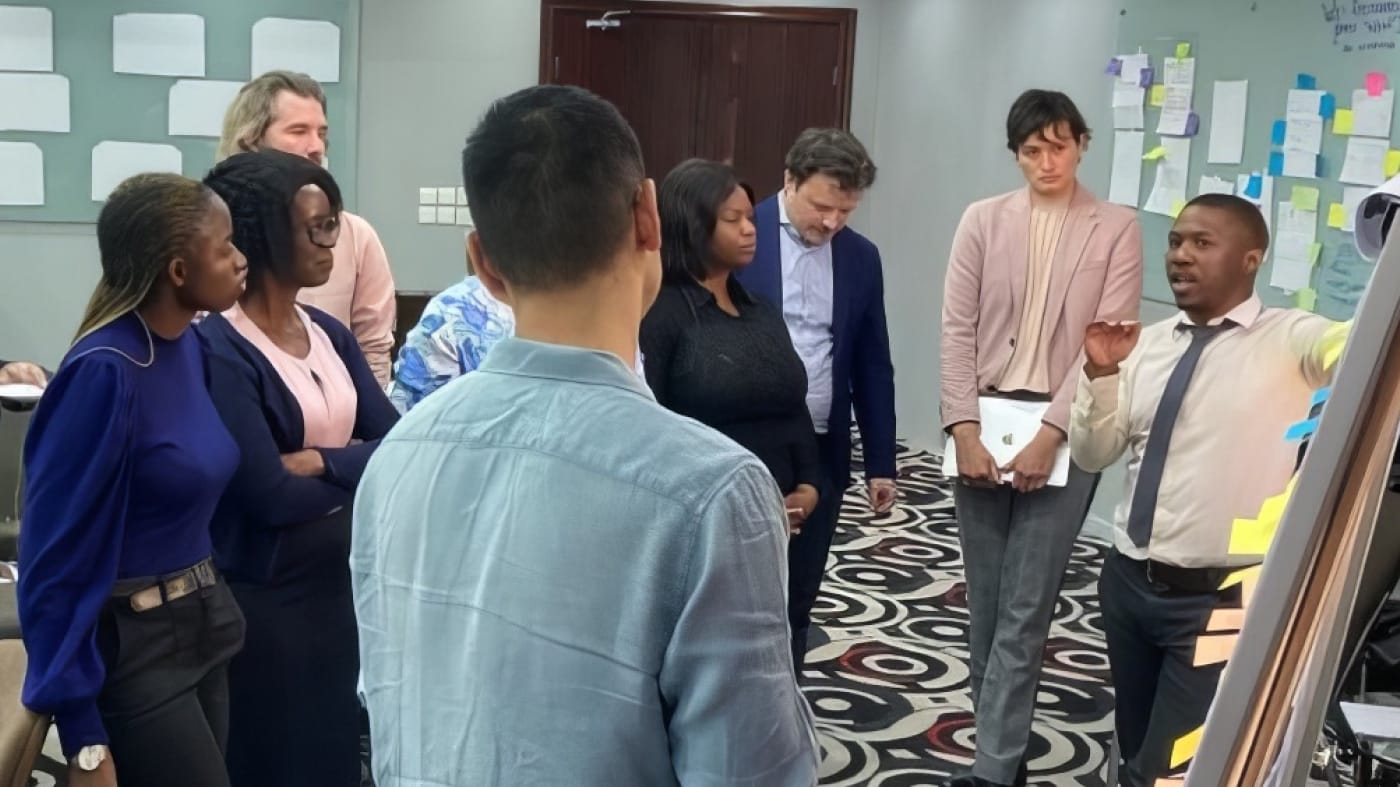Download All Country Data
When anthrax broke out last year in the United Republic of Tanzania – a repeated, though sporadic occurrence during the dry season—the government met it head-on with a newly designed strategic approach.
It was a stark difference from earlier years, said Dr. Janneth Maridadi Mghamba, Former Assistant Director of Epidemiology at the Tanzania Ministry of Health and Social Welfare. This time, officials used insight afforded by the country’s participation in the Joint External Evaluation (JEE), a rigorous, external evaluation of epidemic preparedness spearheaded by the World Health Organization and other partners. Through this process the country developed its National Action Plan for Health Security (NAPHS).
“Before JEE, responding to this zoonotic disease was a nightmare, as we were not coordinated in terms of information sharing, joint investigations, and response,” said Dr. Mghamba. “Following JEE and after gaps were identified, jointly with the animal sector we developed a formal information-sharing platform and we started sharing information on zoonotic events. The response of the 2017 November Anthrax outbreak was hence better coordinated, and we jointly investigated the cases and had joint animal and human interventions.”
The JEE grew out of a set of rules known as the International Health Regulations (IHR), binding agreements adopted at the World Health Assembly of the World Health Organization in the 1990s and renewed in 2005, by which time a total of 194 countries had signed on.
Each participating nation agreed to “develop, strengthen and maintain, as soon as possible but no later than five years” from the time it signed onto the accord, “the capacity to detect, assess, notify and report events in accordance with these Regulations,” said the comprehensive International Health Regulations (2005) document.
The JEE is a robust process to gauge a country’s readiness to respond to a health crisis. First, an internal evaluation is conducted by the country itself, followed by a systematic review by outside experts. Both sets assign scores from 1 to 5 (“no capacity” to “sustainable capacity”) in dozens of subcategories. Once that is done, the country must form and implement an action plan to go up a step in each protection category, creating an agile epidemic prevention, detection, and response system.
Yet this is where many countries stopped. Numerous countries completed the JEE, but just a few have turned its results into an action plan and fewer still have filled the life-threatening gaps found.
Investing in epidemic preparedness can be a tough sell, given that, if everything goes as planned, nothing happens. But the 2014 Ebola virus outbreak in West Africa sparked renewed urgency. The world recognized the need for a framework for prevention, detection and response. Tanzania stepped forward, agreeing to hold itself up to scrutiny with the idea of improving its system and providing a model for other countries.
The process of developing the epidemic response system was hard work and is ongoing.
In the case of the anthrax outbreak, the various agencies together mapped available resources and coordinated between sectors “to come up with a response plan to deploy multidisciplinary rapid response teams,” Dr. Mghamba said. They also trained veterinarians in the country’s field epidemiology and laboratory training program (FELTP), working with the WHO One Health Coordination structure at national and local levels.
One of the best practices Tanzania discovered was to form a multisectoral technical working group, Dr. Mghamba said.
“That is for me the entry point,” she said. “A country must have this kind of a technical working group. Then that technical working group meets on a quarterly basis.”
Tanzania’s technical working group consists of 18 people from various sectors, and “at least 70 percent of them are decision makers,” Dr. Mghamba said.
The TWG is empowered to oversee the technical implementation of the plan and meets periodically to discuss implementation status and how to improve. The members are drawn from all areas assessed by the JEE, and they have authority to make decisions in terms of resource allocation and mobilization, Dr. Mghamba said.
Tanzania has conducted workshops to show other African nations how health security can be improved. Dr. Mughamba had these tips for countries looking to build up health system capacity and improve their JEE scores:
– Appoint a coordination focal point person
– Form a multisectoral working group before beginning the JEE, and ensure that all members understand the process
– Engage politicians, such as members of Parliament, early on
– Map all key partners from numerous health system sectors, keeping the broader public health perspective in mind
– Educate various stakeholders and partners beforehand about the JEE process and related documents to ensure that evaluations run smoothly
– Agree on how to address post-evaluation findings and who will coordinate the response Anchor the plan at a high government level, such as the office of the Prime Minister or the President, for ease in coordination and accountability
– Plan well ahead how the post-evaluation findings will fit in with other ongoing plans and strategies already under way
– Agree ahead of time which sector will oversee the implementation of the plan. The health sector is ideal given the fact that many pillars fall under this umbrella
– Bring in policy and planning directors early, as well as the Ministry of Finance, to enable quick funding for what needs to be done
– Prioritize what can be achieved in the initial two years and get that done, then move on to the more difficult tasks
In retrospect, Dr. Mughamba said, there were some things they would have done differently, such as bring in the private sector and community partners at the beginning. They also would have pinpointed every single person active in strengthening the country’s health systems and mapped out those resources thoroughly before starting, she said.
While the work is far from over, the improvements are already obvious.
“Tanzania’s journey from the JEE to the finalization of a funded NAPHS has galvanized multiple in-country stakeholders to work together on health security,” Dr. Mghamba and several other authors concluded in The BMJ. “In terms of forging partnerships, it is not an overstatement to say that the Tanzania JEE and NAPHS development process has created and continues to create partnerships both across national sectors and with international partners and countries in ways not seen before.”
Photo credit: Halliday, JEB., Allan, KJ., Ekwem, D., Cleaveland, S., Kazwala, RR., Crump, JA.(2015) Endemic zoonoses in the tropics: a public health problem hiding in plain sightVeterinary Record 176, 220-225.






